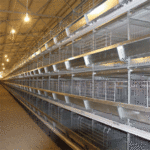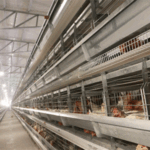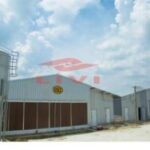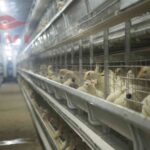How to choose cost-effective chicken breeding equipment
The choice of chicken poultry farming equipment and cage raising methods are directly related to the economic benefits of the farmers. The unsuccessful farmers choose to raise more chickens and fewer houses, resulting in a complete imbalance in the ratio of chicken flocks to chicken houses and excessive breeding area. Small, the stocking density is too large, and the feed and drinking water tanks are completely insufficient. This is one of the important factors affecting the economic benefits of farmers.
Some chicken farmers raise more chickens, use fewer houses or have no extra houses for chickens. Putting the chicks into cages prematurely is unfavorable for the growth and development of the young and ultimately affects the performance of the hens. For laying hens, the harvest is after the hens start to produce.
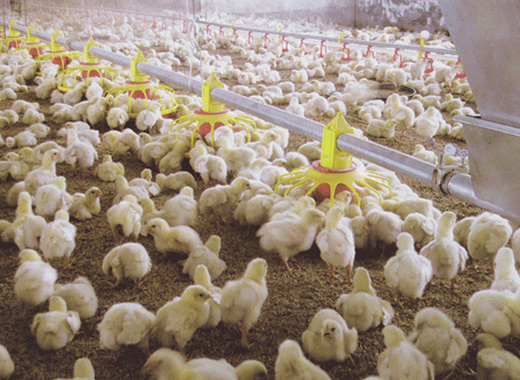
The equipment for raising chickens is inferior and unmatched. There are specifications and ratio requirements for equipment for raising chicks, growing chickens and laying hens. The equipment should be matched to facilitate the normal growth and development of the chickens and reasonable turnover, and give full play to the utilization and operation rate of the equipment, so that the depreciation expenses allocated to each hen or each kilogram of eggs can be more reasonable, thereby reducing Cost of production.
Nowadays, laying hens are mostly raised in cages, and chicken battery cage are indispensable equipment, and chicken farmers generally pay more attention to it. However, they lack the ability to discern the quality of chicken coops, and tend to be low-priced when buying. Cage is a place for hens to live, produce and sleep. Its quality cannot be ignored. The quality of the bottom of the cage, the width and slope of the cage are especially important. The author once witnessed the difference in the quality of the chicken cages from the two manufacturers in the same chicken farm, resulting in obvious differences in egg production, number of dead stocks, and broken eggs. Another common problem worth noting is that chickens are not placed in cages.
When the brood survival rate is high, the number of surviving hens exceeds the budgeted transfer number, or the hens that are too light are reluctant to weed out during transfer. In this case, they are often overfilled. According to statistics, when the number of hens per cage increased to 5, 22.5% of the hens died before 305 days of age. According to the statistics of production reports accumulated by the author over the years, the egg production rate of chicken flocks whose cage density exceeds the prescribed standard is 5% to 15% lower than that of normal flocks.

